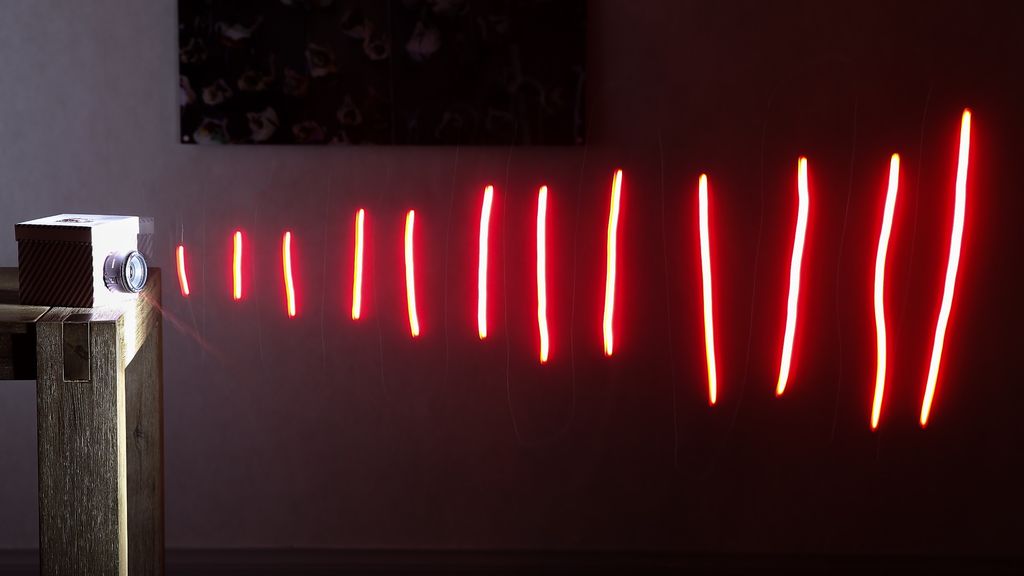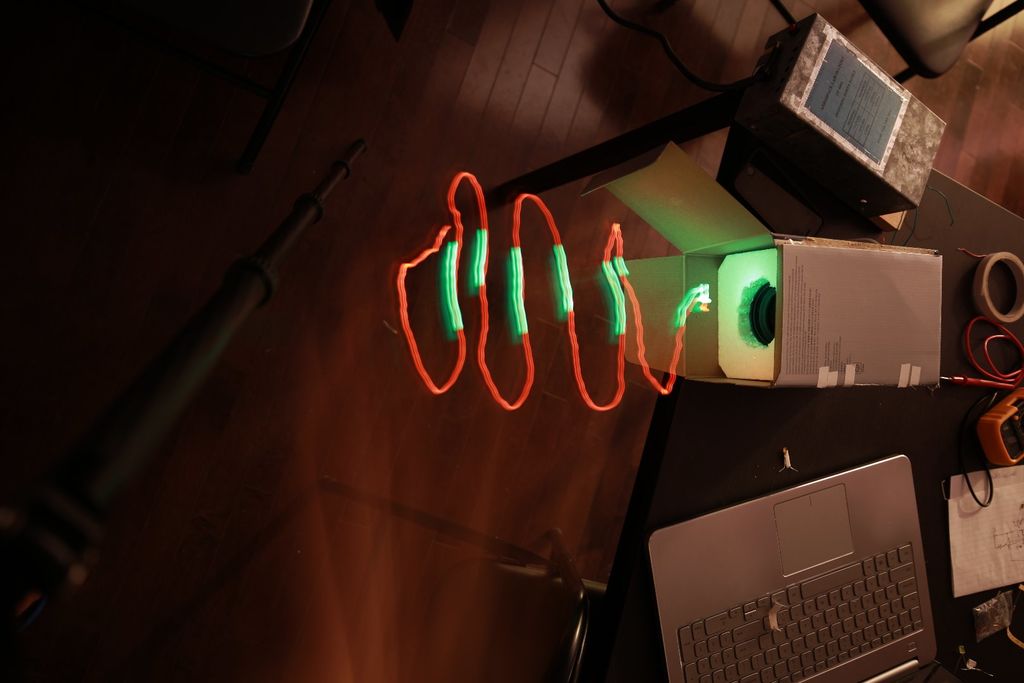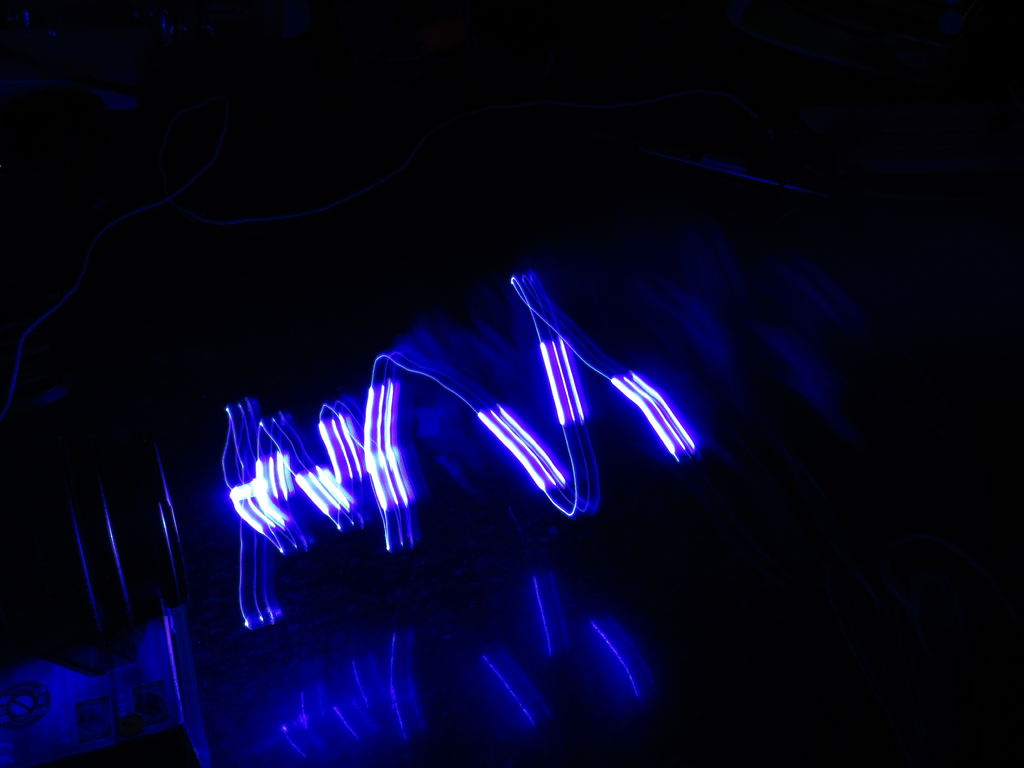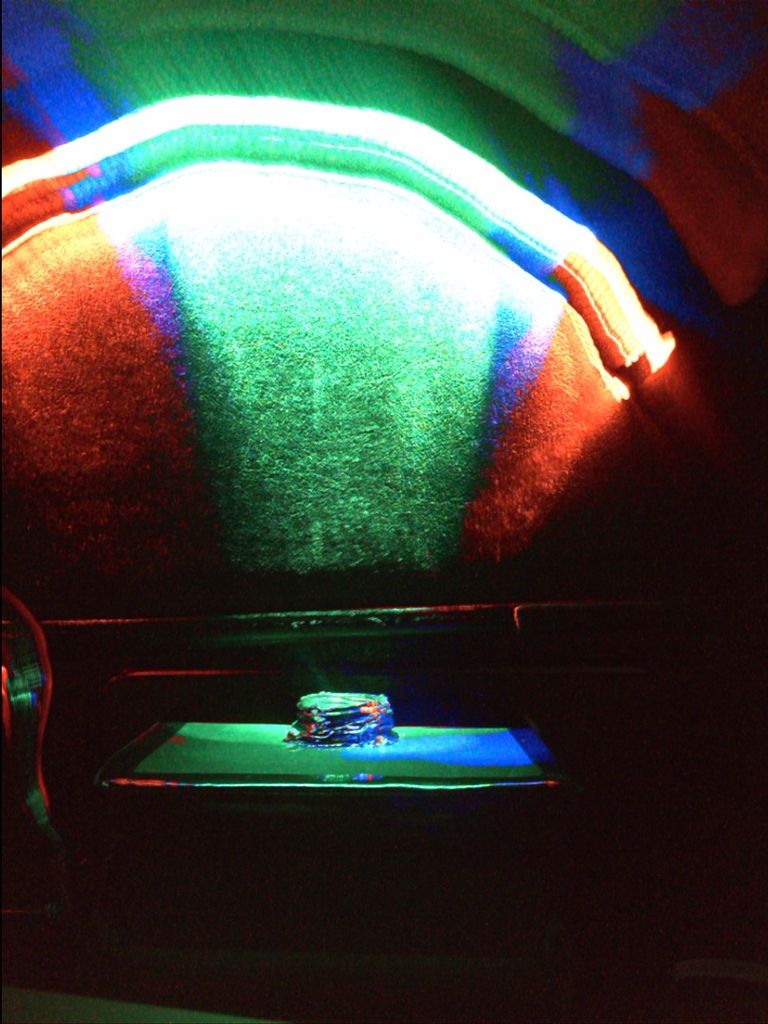ECE516 Lab08: Meta-sensing (sensing of sensing)
In this lab you will learn the fundamentals of meta-sensing.
Meta-sensing (also known as metaveillance) is the sensing of sensing
(veillance of veillance).
"Meta" is a Greek word that means "beyond".
For example, a meta-conversation is a conversation about conversations.
A meta-argument is an argument about arguments.
Metadata is data about data.
An example of meta-data is the GPS coordinates where a photograph was taken.
This meta-data is appended into the header information of the picture.
An example of meta-sensing is metavision.
Metavision is the vision of vision, i.e. seeing sight, and visualizing vision.
Industrial and commercial importance of metaveillance
There exist well-defined standards for products such as lighting equipment,
but there is a need for well-defined standards and certification for sensors,
e.g. to guarantee a minimum sensory capacity for insurance purposes,
and for efficacy of sensors in industries like autonomous vehicles.
This year (2019), we have secured $200,000 in funds to hire students to work
on meta-sensing for autonomous vehicles (funded by Ford Motor Company of Canada).
Metavision is the name of the AR (Augmented Reality)
company that my PhD student, Raymond Lo, and I, and others,
founded in Silicon Valley, California
(we raised $75,000,000 US) to manufacture computerized eyeglasses.
Raymond Lo, the "brains" behind the company, is now at Harvard University,
and is visiting Toronto for the next two months.
Therefore you can have direct access to the world's leading expert in
Augmented Reality for metavision.
Quantifying the 1-pixel camera:
Quantimetric/Quantigraphic sensing....
Background reading:
Instructable:
Phenomenological Augmented Reality
The kinds of things all of us really like are things that are
extremely simple yet profoundly deep conceptually.
Linking the prevous two labs, we have the 1-pixel camera connected
to the 1-pixel display, to give rise to a simple example of meta-sensory
3D AR (Augmented Reality).
There is an overlay of some
virtual information in perfect and exact alignment with some form of
physical reality.
In a sense you now have a true and accurate scientific "outstrument",
i.e. a scientific instrument that has a "readout" that reads "out" into
the real world.
Marking scheme:
• Complete the Instructable and
get it working with feedback (e.g. you present a light source
that glows distinctly more brightly when
the light source is in view of the camera's sensor, and less brightly
when not in the field-of-view of the camera): 4 marks;
• Metaveillography (long exposure photograph of the sensor in a
camera, showing the metaveillogrammetric response of the camera): 4 marks;
• Answer a simple question or otherwise demonstrate knowledge of
this work and its purpose: 2 marks;
Here are four examples of metaveillographs students took and posted
from a previous year:




References:
• Prof. Wang's reference document
• Kineveillance
look at Figures 4, 5, and 6,
and Equations 1 to 10.
• The concept of
veillance flux (link);
• (optional reading Minsky, Kurzweil, and Mann, 2013);
• (optional reading Humanistic Intelligence, see around Figure 3 of
this paper)



